Special Report
Rapidly Spreading New 'Arcturus' COVID Strain Detected in 20 States

Published:
Last Updated:

On Jan. 20, 2020, the Centers for Disease Control and Prevention reported the first laboratory-confirmed case of COVID-19 in the U.S. What followed was nearly two years of serious illness, massive death counts, restrictions on movement, massive social readjustment, and sometimes paralyzing fear – all wreaking havoc on everyday life.
COVID-related deaths peaked in the winter of 2021, surpassing the 1918 flu as the deadliest pandemic in American history with more than 1.1 million fatalities due to coronavirus in the U.S. to date. (In 2021, it was the third most common cause of death in the nation, after heart disease and cancer. Here are all the 15 leading causes of death in America.)
Almost everyone, however, is now back to business as usual and living life as if the pandemic is completely over. The John Hopkins Coronavirus Resource Center even stopped collecting data on new cases and deaths more than three weeks ago.
But the coronavirus and its variants are still very much around, and still sometimes resulting in hospitalization and death. And the virus continues to mutate. Last week, the World Health Organization said that it was monitoring a variant dubbed XBB.1.16, or “Arcturus.” This is an Omicron subvariant, similar to the most transmissible COVID variant yet — XBB.1.5,, nicknamed “Kraken.” And if that weren’t enough, a descendant of the new subvariant, XBB.1.16.1, has been detected in several states. (These are alarming outbreaks currently ongoing in the U.S.)
To compile a list of all the states where the new COVID variant has been detected, 24/7 Tempo reviewed data provided by Tableau Public, an American interactive data visualization software company. The table is updated regularly. Population data came from U.S. Census Bureau’s 2022 American Community Survey one-year estimates.
Click here to see where the rapidly spreading new ‘Arcturus’ COVID strain has been detected
As of the end of March 2023, there have been a total of 195 confirmed cases of the Arcturus variant around America. More cases were being reported every week until week 12 of this year, when cases dropped from 65 to 48 to four. The decline, however, may be due to lack of reporting, not necessarily due to the virus slowing down.
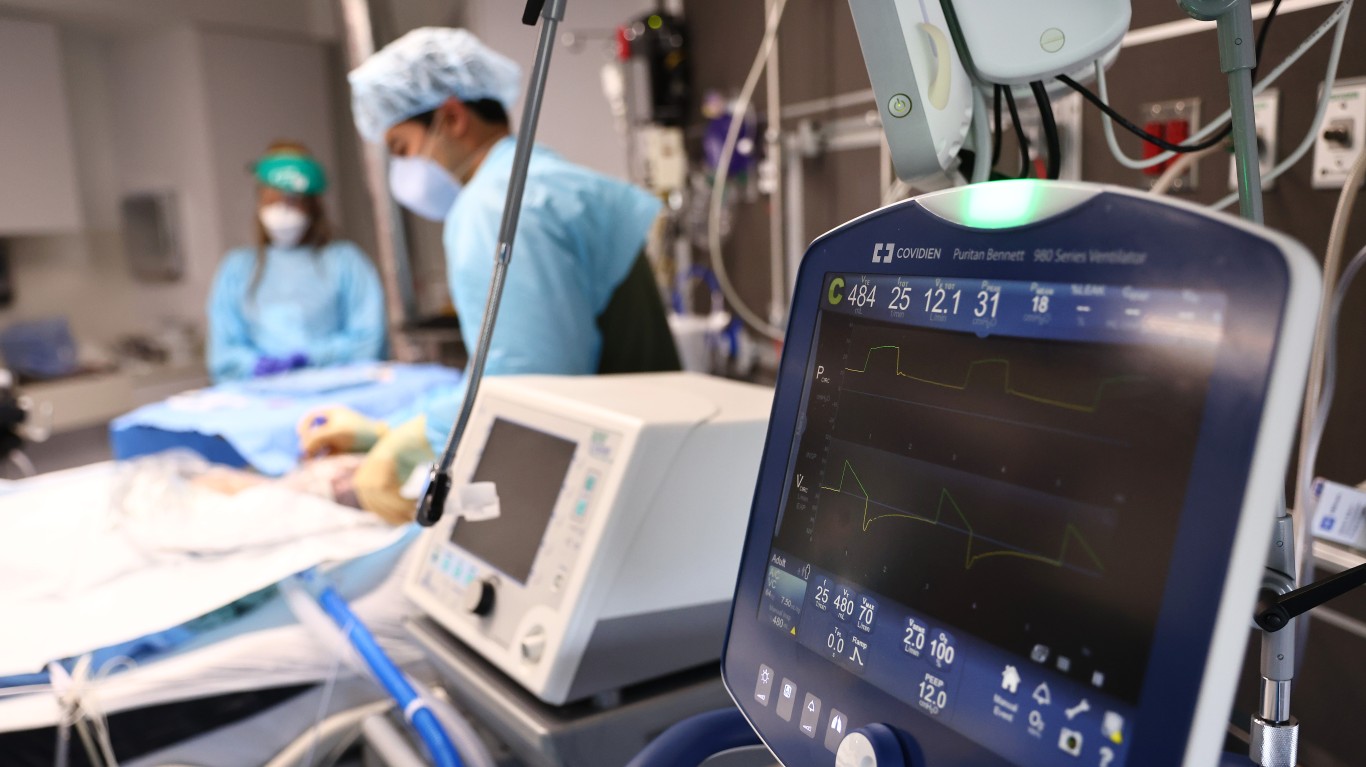
20. Louisiana
> Cases of XBB.1.16: 1 detected on 3/13
> Cases of XBB.1.16.1: None
> Population: 4,590,241
[in-text-ad]

19. Massachusetts
> Cases of XBB.1.16: 1 detected on 3/13
> Cases of XBB.1.16.1: 1 detected on 3/20
> Population: 6,981,974

18. Michigan
> Cases of XBB.1.16: 1 detected on 3/16
> Cases of XBB.1.16.1: 1 detected on 3/6
> Population: 10,034,113
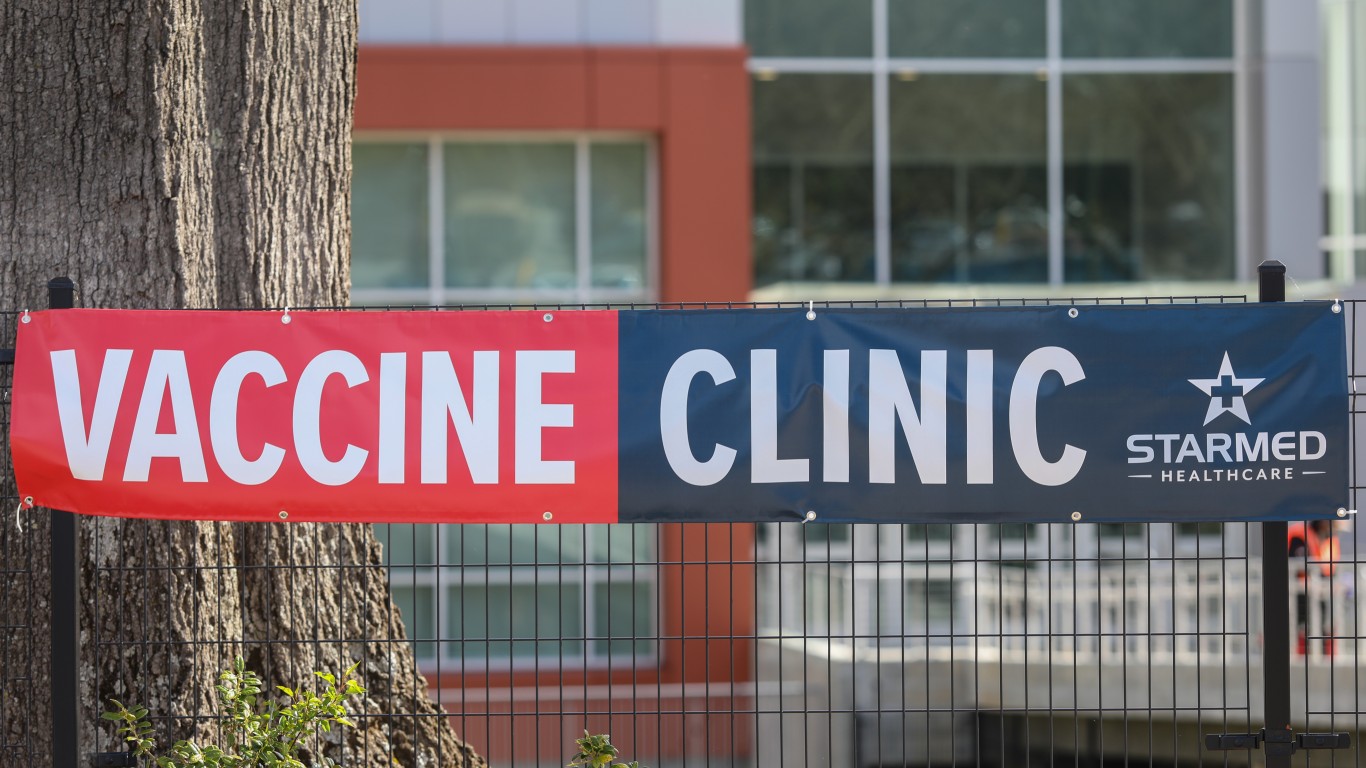
17. North Carolina
> Cases of XBB.1.16: 1 detected on 3/18
> Cases of XBB.1.16.1: None
> Population: 10,698,973
[in-text-ad-2]
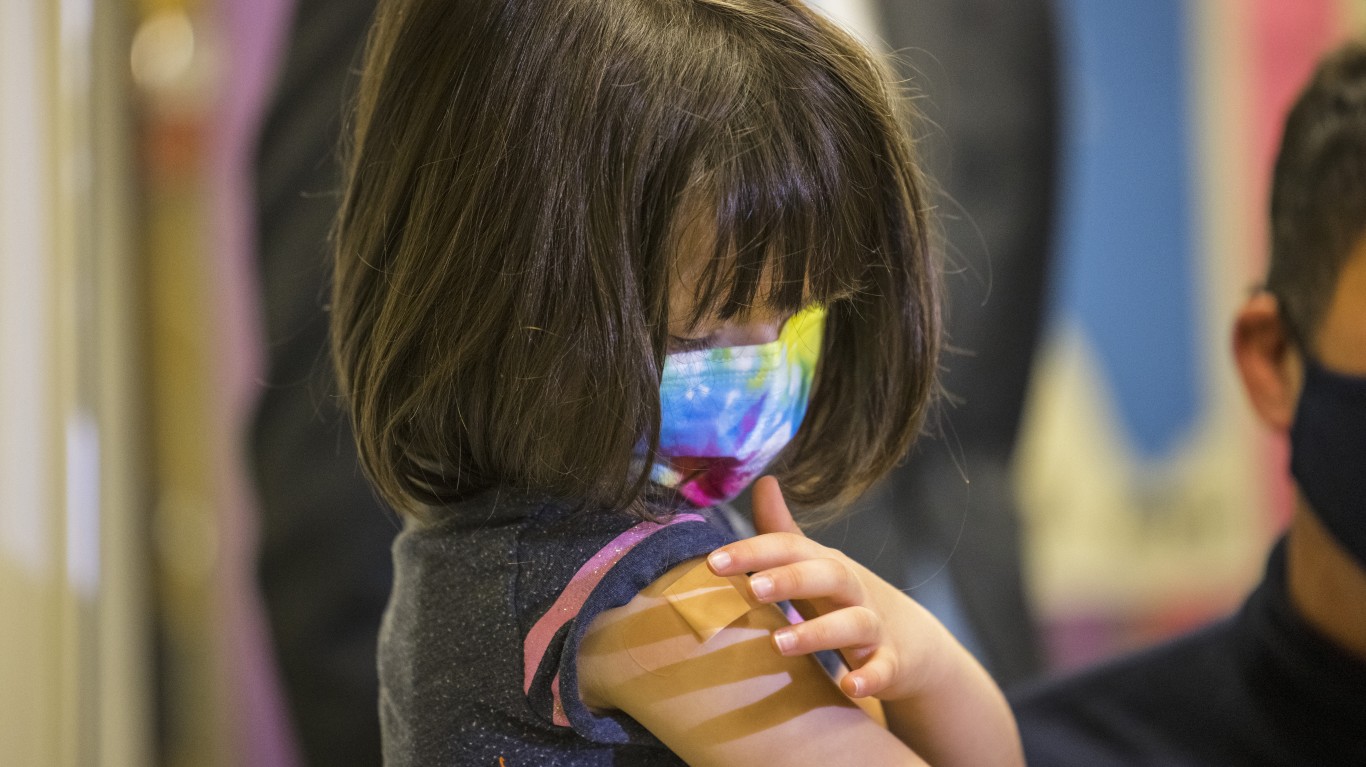
16. Delaware
> Cases of XBB.1.16: 2 detected between 3/6-3/16
> Cases of XBB.1.16.1: None
> Population: 1,018,396

15. Indiana
> Cases of XBB.1.16: 2 detected on 3/14
> Cases of XBB.1.16.1: None
> Population: 6,833,037
[in-text-ad]
14. Iowa
> Cases of XBB.1.16: 2 detected between 3/20-3/22
> Cases of XBB.1.16.1: 1 detected on 3/20
> Population: 3,200,517

13. Nevada
> Cases of XBB.1.16: 2 detected between 3/7-3/8
> Cases of XBB.1.16.1: None
> Population: 3,177,772
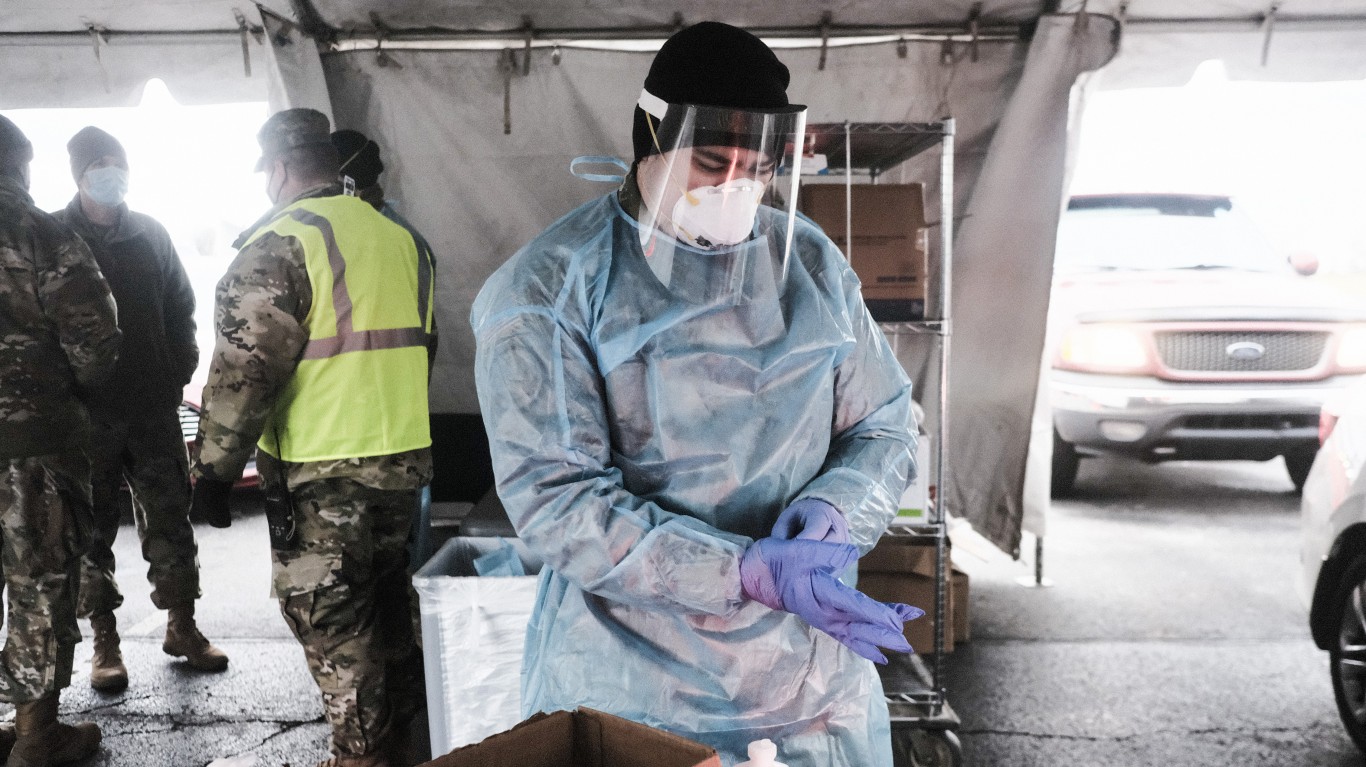
12. Ohio
> Cases of XBB.1.16: 2 detected between 3/8-3/16
> Cases of XBB.1.16.1: 1 detected on 3/14
> Population: 11,756,058
[in-text-ad-2]
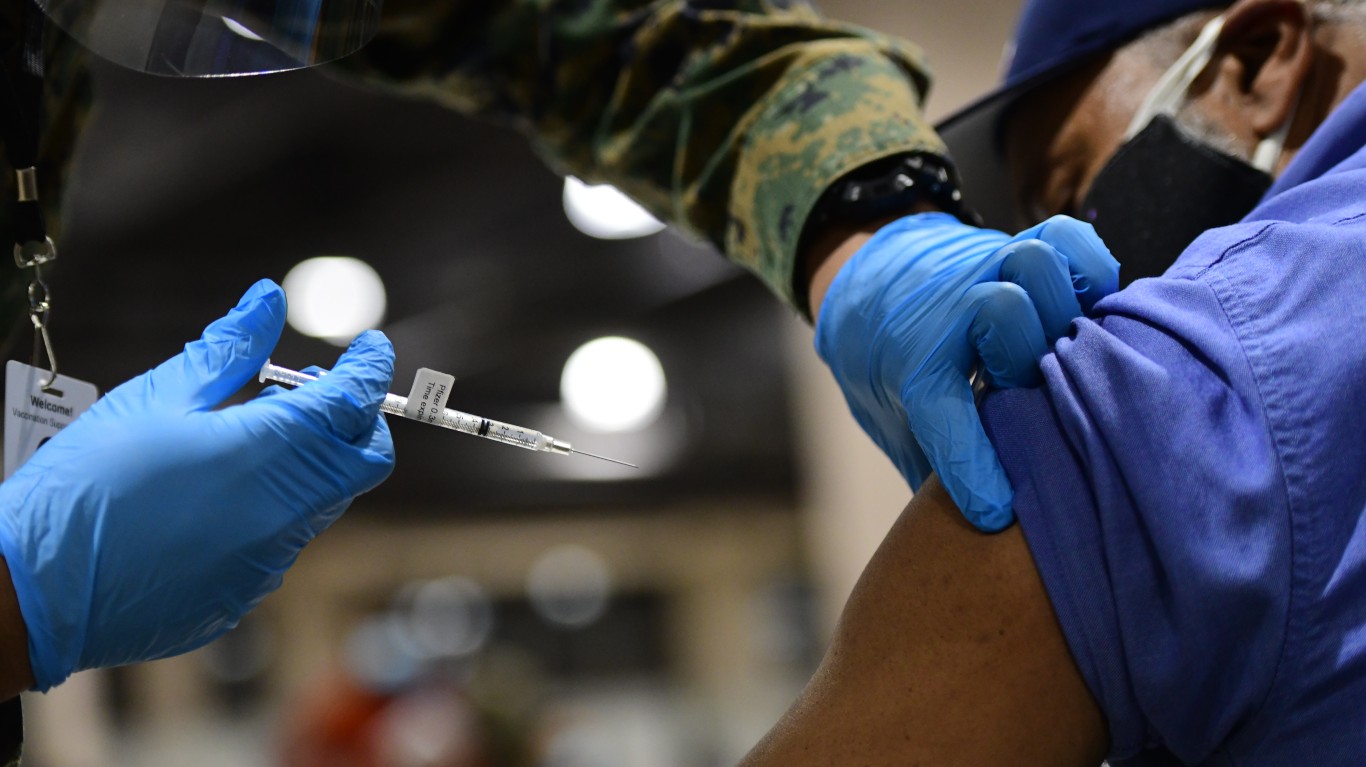
11. Pennsylvania
> Cases of XBB.1.16: 2 detected on 3/12
> Cases of XBB.1.16.1: 1 detected on 3/5
> Population: 12,972,008
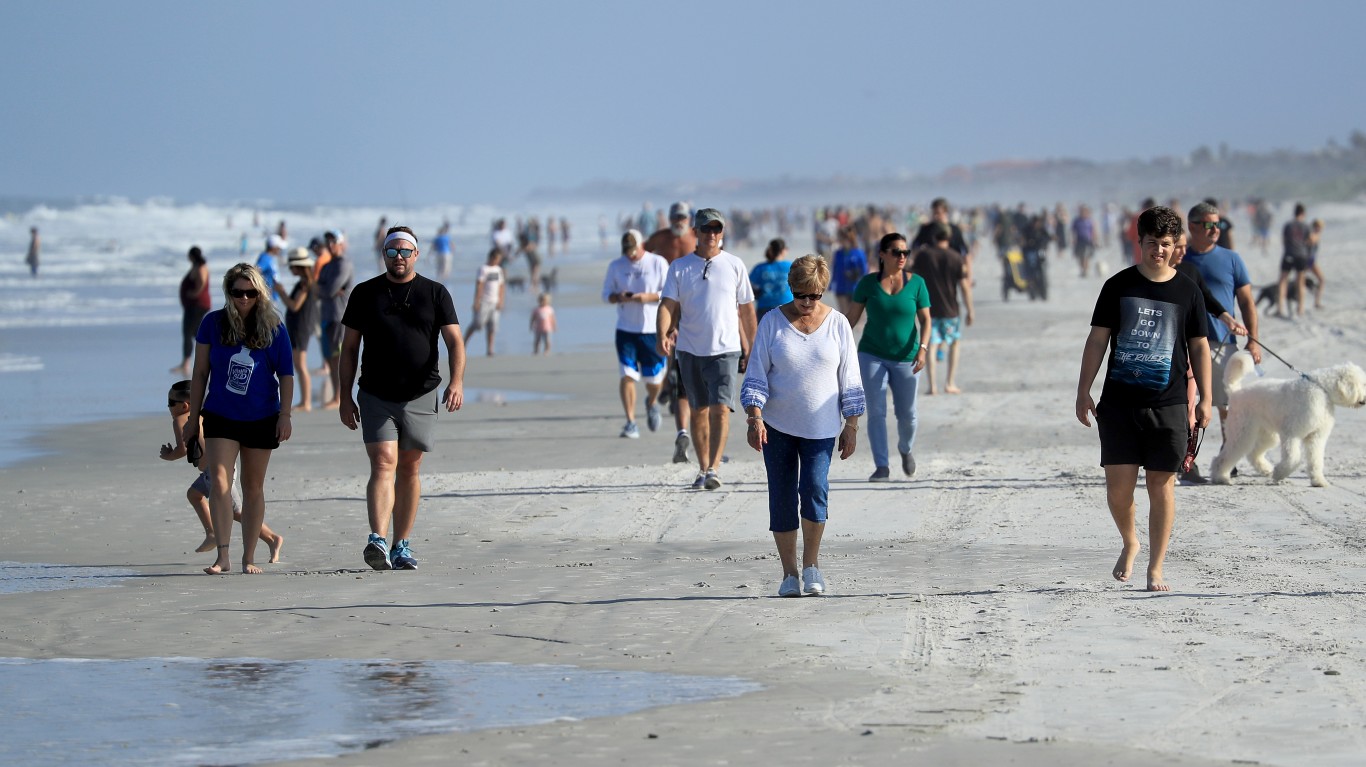
10. Florida
> Cases of XBB.1.16: 3 detected between 2/15-3/8
> Cases of XBB.1.16.1: None
> Population: 22,244,823
[in-text-ad]
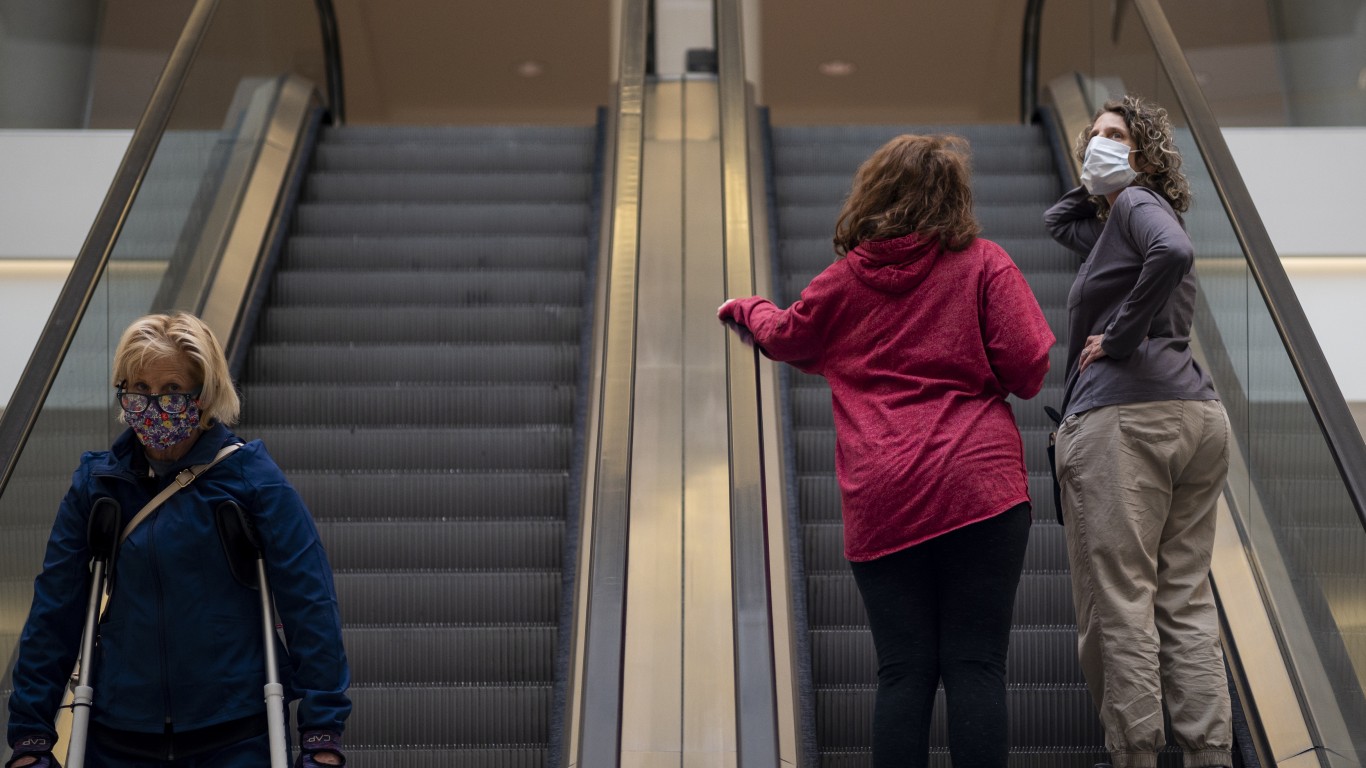
9. Minnesota
> Cases of XBB.1.16: 3 detected on 3/10
> Cases of XBB.1.16.1: None
> Population: 5,717,184

8. Georgia
> Cases of XBB.1.16: 4 detected between 3/16-3/26
> Cases of XBB.1.16.1: 1 detected on 3/11
> Population: 10,912,876
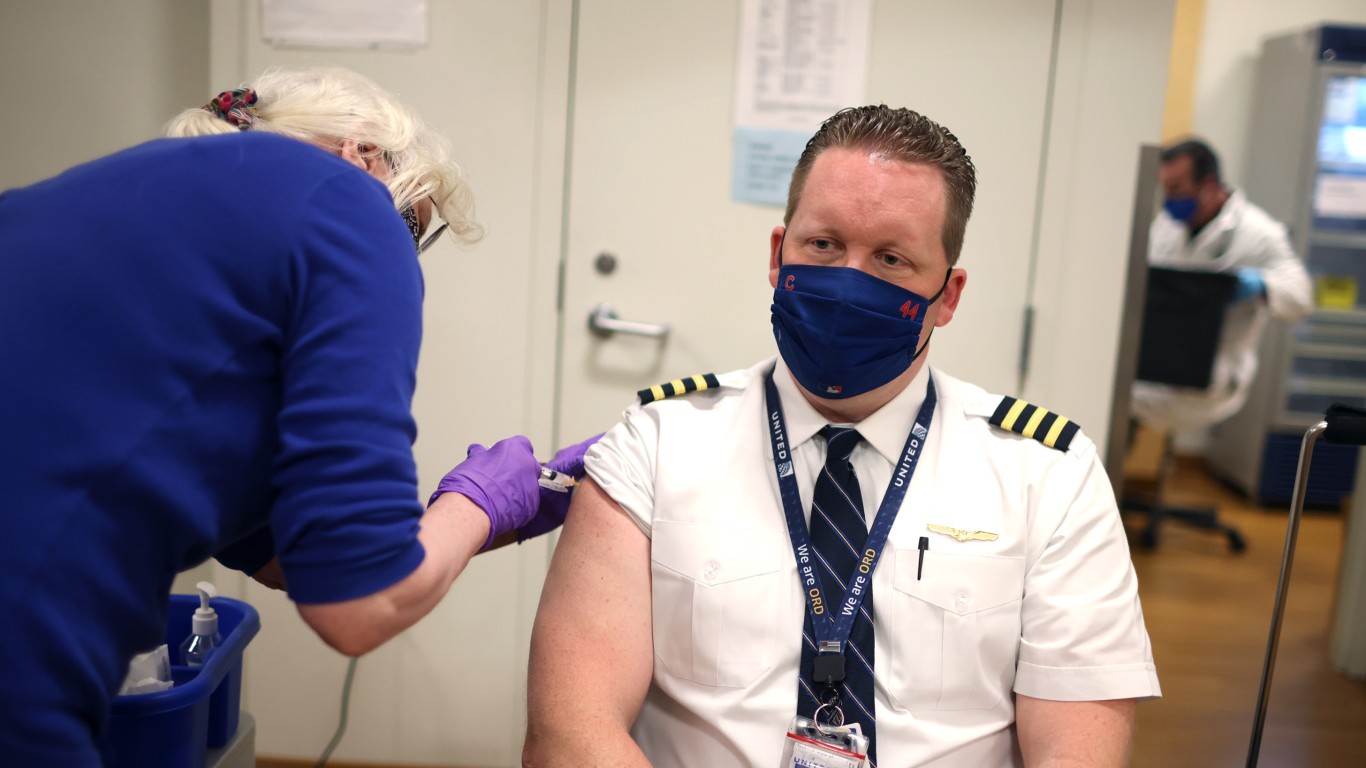
7. Illinois
> Cases of XBB.1.16: 4 detected between 2/28-3/15
> Cases of XBB.1.16.1: 1 detected on 2/27
> Population: 12,582,032
[in-text-ad-2]

6. New York
> Cases of XBB.1.16: 7 detected between 1/23-3/24
> Cases of XBB.1.16.1: 7 detected between 3/13-3/25
> Population: 19,677,151

5. Washington
> Cases of XBB.1.16: 10 detected between 2/13-3/23
> Cases of XBB.1.16.1: 11 detected between 2/21-3/21
> Population: 7,785,786
[in-text-ad]

4. Texas
> Cases of XBB.1.16: 14 detected between 2/20-3/22
> Cases of XBB.1.16.1: 3 detected between 3/5-3/15
> Population: 30,029,572

3. Virginia
> Cases of XBB.1.16: 21 detected between 2/23-3/25
> Cases of XBB.1.16.1: 3 detected between 2/13-3/25
> Population: 8,683,619

2. New Jersey
> Cases of XBB.1.16: 24 detected between 2/25-3/25
> Cases of XBB.1.16.1: 11 detected between 3/10-3/23
> Population: 9,261,699
[in-text-ad-2]

1. California
> Cases of XBB.1.16: 31 detected between 2/9-3/26
> Cases of XBB.1.16.1: 14 detected between 2/25-3/26
> Population: 39,142,991
The average American spends $17,274 on debit cards a year, and it’s a HUGE mistake. First, debit cards don’t have the same fraud protections as credit cards. Once your money is gone, it’s gone. But more importantly you can actually get something back from this spending every time you swipe.
Issuers are handing out wild bonuses right now. With some you can earn up to 5% back on every purchase. That’s like getting a 5% discount on everything you buy!
Our top pick is kind of hard to imagine. Not only does it pay up to 5% back, it also includes a $200 cash back reward in the first six months, a 0% intro APR, and…. $0 annual fee. It’s quite literally free money for any one that uses a card regularly. Click here to learn more!
Flywheel Publishing has partnered with CardRatings to provide coverage of credit card products. Flywheel Publishing and CardRatings may receive a commission from card issuers.
Thank you for reading! Have some feedback for us?
Contact the 24/7 Wall St. editorial team.